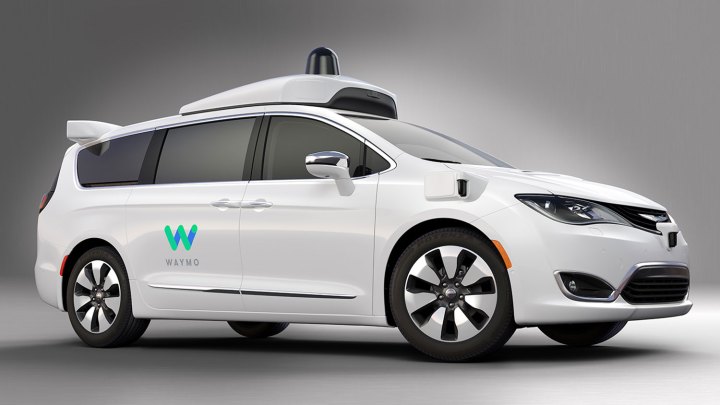
Google’s self-driving car program is growing up, and getting independent. At the North American Auto Show’s Automobili-D conference on Sunday, the CEO of Google’s self-driving car project Waymo delivered a keynote address that proved just how far the initiative has come. As John Krafcik revealed, Waymo actually built the entire sensor suite used by its most recent test vehicles, the self-driving Pacifica minivans. This means no more depending upon third party suppliers to cobble together disparate pieces of technology to create a single car — rather, Waymo is getting closer than anyone else to taking care of the whole enchilada.
The ability to create self-driving technology in-house could be huge for Waymo, as it will likely allow for more seamless integration between various components like sensor hardware, sensor fusion software, image recognition, and more. Krafcik noted that Waymo has created two new categories of lidar, the system that serves as the “eyes” of self-driving cars, in order to create its own sensors. While older iterations of autonomous vehicles have used just one top-mounted medium-range lidar, Waymo has introduced new short- and long-range sensing units to give cars a more complete look at its surroundings, both in its immediate vicinity and further away.
But technology aside, Waymo’s ability to develop its own technology could save the Google project quite a bit of money. According to Krafcik, whereas the cost of a single high-end lidar system was $75,000 when Google first began its self-driving car tests, it’s now dropped by 90 percent as a result of its in-house technologies.
We’ll soon be able to see these homegrown sensors and such in Arizona and California later in January, as Pacifica minivans will soon be outfitted with the new suite. Thus far, Waymo boasts nearly 2.5 million miles on the road with its self-driving cars, and by the end of 2017, it will likely have passed 3 million miles. And as it develops more and more of its technology by its lonesome, a self-driving future may not be so far away.

